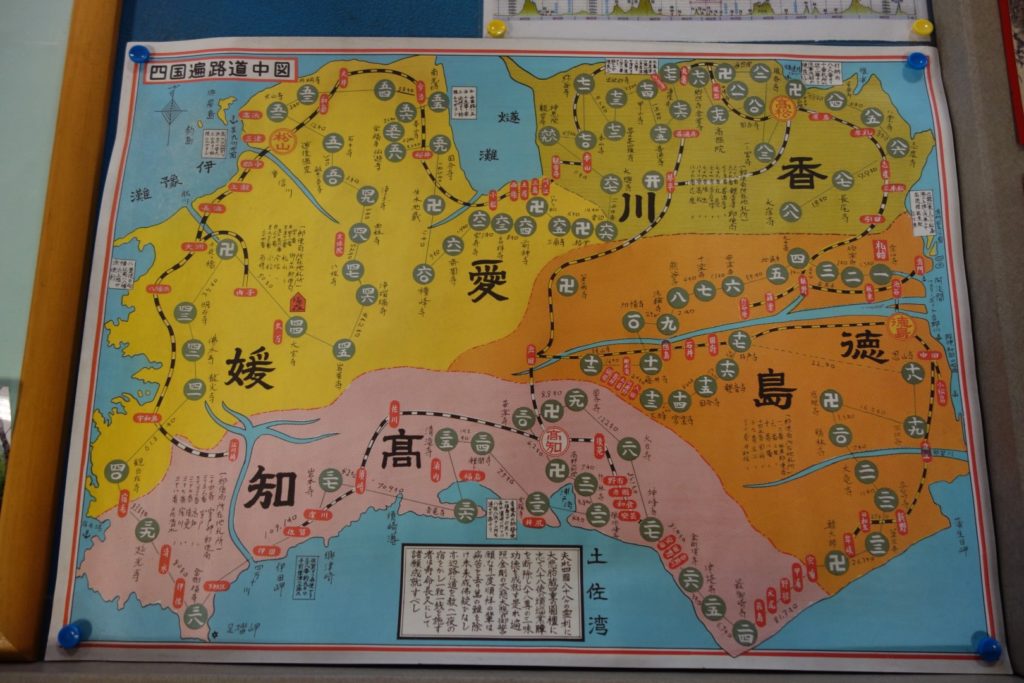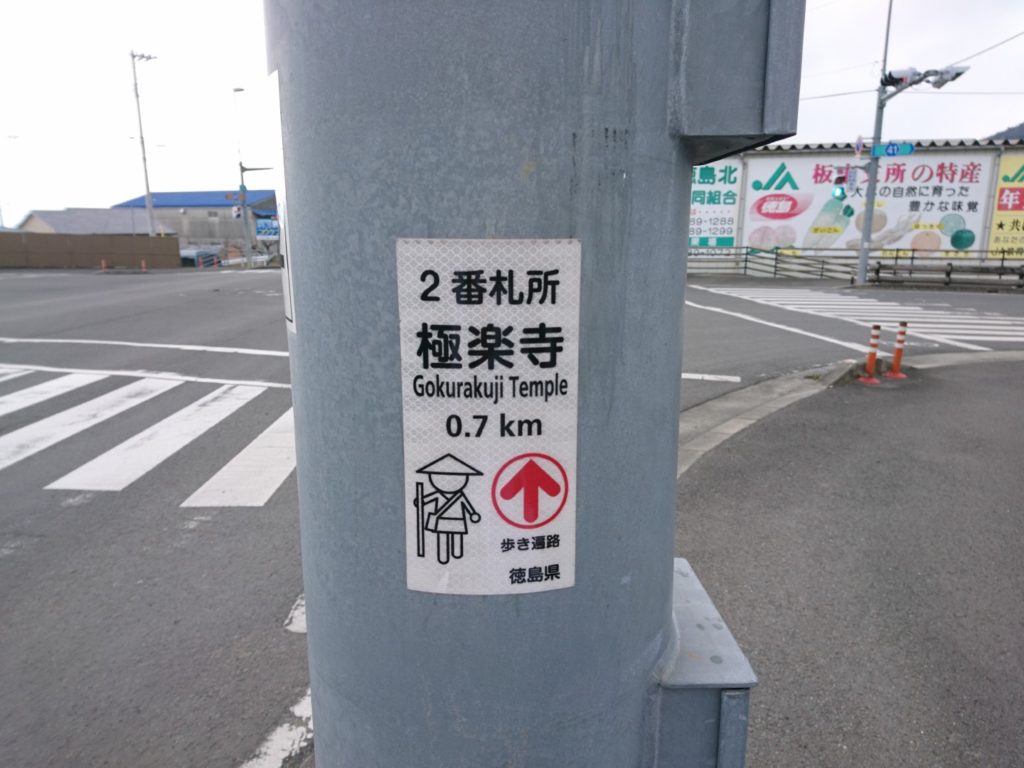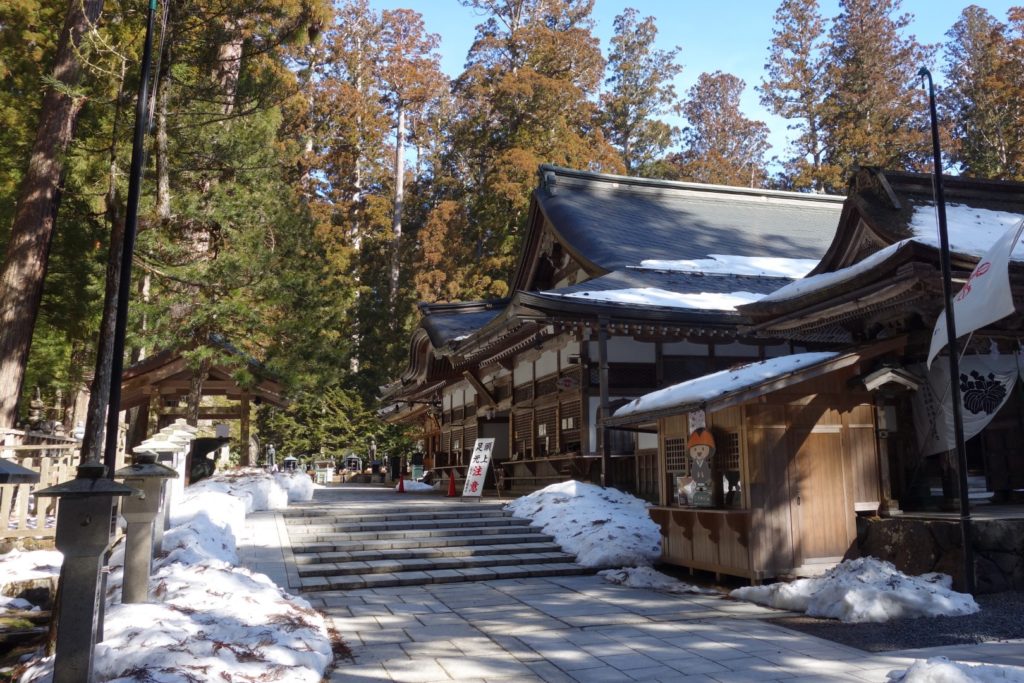
There’re 88 temples that you’ll visit. Majority of them are located along the coast line of Shikoku island, and each of them have its own number. Visiting each temple is called “Utsu” (“Strike” in English). Long time ago, people “strike” the wooden votive card to the column of the temple when visiting the temple, and this “Utsu” seems to come from such custom.
Walking or using public transportation
You may think that you have to walk through entire route. However, it’s up to you how you do it. You may use public transportation, and you can even use guided tour as well.
I decided to walk through the entire route. Here’s some notes after the completion of my Shikoku Henro Pilgrimage.
- It was a good challenge to myself and could know my limitation
- I enjoyed beautiful nature, meeting with local residents, talking with other “Ohenro-san” (pilgrims) a lot while walking
- It was definitely first time to think about myself, family, work etc over and over while walking
- I lost my weight by 5 kg and my waistline got slimmer by 6 cm even though I ate so much tasty food during pilgrimage
Jun-uchi (“Stike” in order) or Gyaku-uchi (“Strike” in reverse order)
Visiting temple from No.1 to No.88 temple in order is called Jun-uchi, while doing it in reverse order is called Gyaku-uchi.

I think majority of “Ohenro-san” will do “Jun-uchi”. “Gyaku-uchi” will be tougher because signposts are set to be easily found for “Jun-uchi” as you can see in the above picture. On the other hand, if you manage to complete “Gyaku-uchi”, it is said that you’ll get 3 times benefits than that of “Jun-uchi” 🙂
However, again it’s up to you in which order you plan to visit these temples. You can also start your visit from any of the 88 temples.
Toshi-uchi (visiting all the temples in one visit) or Kugiri-uchi (splitting the visit into several occasions)
It would take more than 40 days to complete Shikoku Henro Pilgrimage by walking (it’s about 1400 km). So I was quite lucky that I could do “Toshi-uchi”. In my case, I decided to take about 40 days off after I quit my job before joining next company.
During my pilgrimage, I met several “Ohenro-san” (pilgrims) who do “Kugiri-uchi”. Some of them divide the route in 4 parts based on 4 prefectures (Actually “Shikoku” by itself means “4 countries”) as you can see the different coloring in the first picture in this post.
- Tokushima (orange) – The place of spiritual awakening (No.1 – No.23)
- Kochi (pink) – The place of ascetic training (No.24 – No.39)
- Ehime (yellow) – The place of enlightenment (No.40 – No.65)
- Kagawa (green) – The place of Nirvana (No.66 – No.88)
Orei-mairi (Pay a visit to Koyasan for thanking completion of the pilgrimage)
After completing the pilgrimage, I paid a visit to Koyasan for thanking that I could complete my pilgrimage without severe problems. It is said that Kobo Daishi who opened these 88 temples is still alive in Koyasan. I definitely recommend you to visit Koyasan if you have time.

Leave a Reply